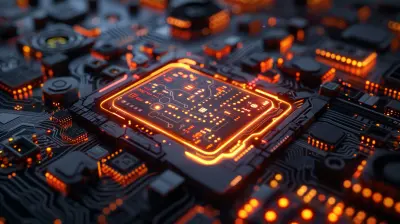The Evolution of Smart Home Hubs: What You Need to Know
23 September 2025
So, you're curious about smart home hubs, huh? Can't blame you! We've come a long way from the days of clapping to turn a light on. Smart home hubs are no longer just a novelty—they’ve become the beating heart of modern smart homes. But how exactly did we get here? What were the early days like, and where are things headed?
Well, settle in, grab your favorite drink, and let’s dive deep into the fascinating evolution of smart home hubs. And buckle up; it's going to be a techy, fun, and eye-opening ride!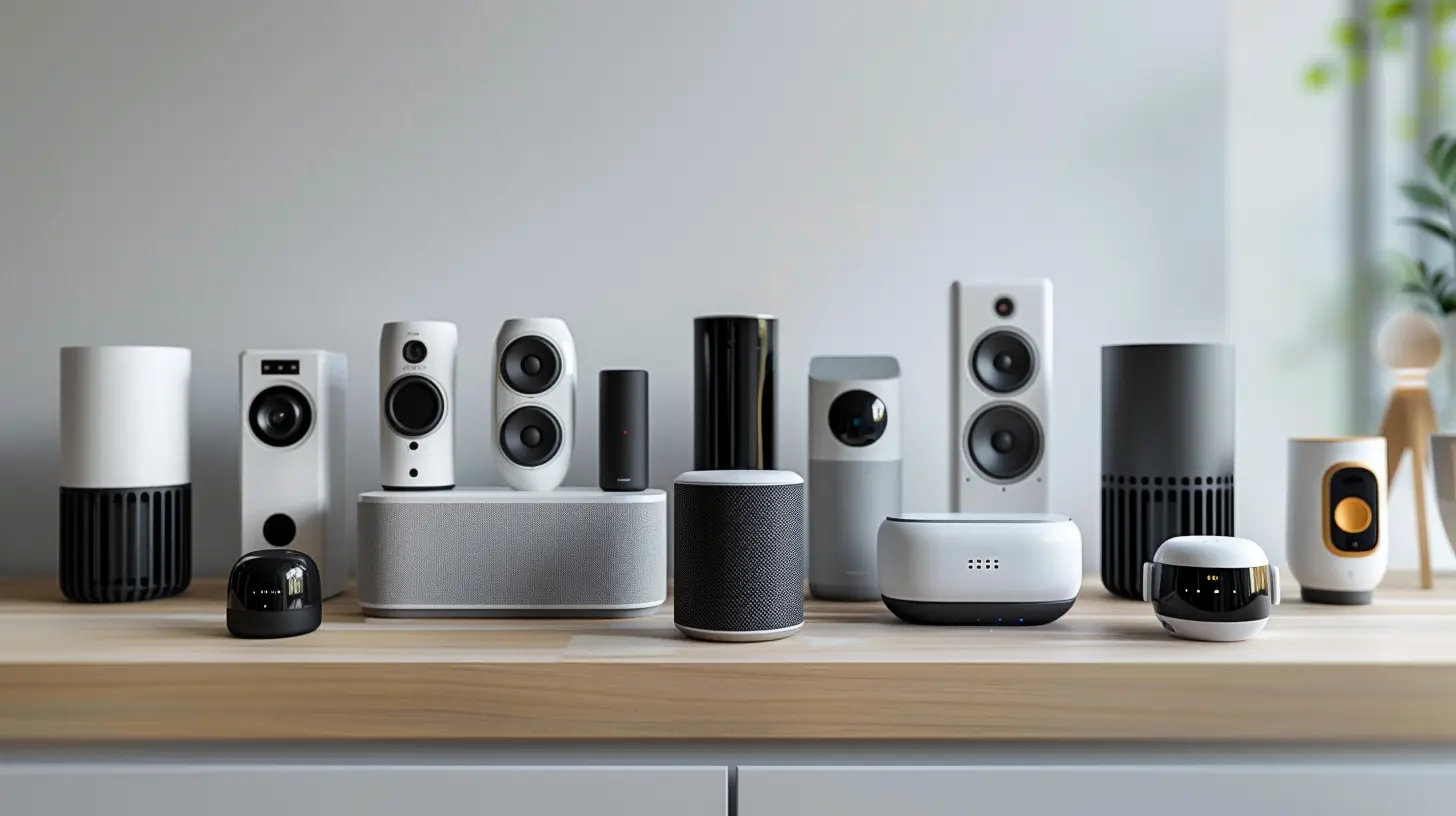
What is a Smart Home Hub, Anyway?
Before we go all "back in time," let's make sure we're on the same page. A smart home hub is like the command center of your connected home. Think of it as the brain that connects and controls all your smart devices—lights, speakers, thermostats, security systems, and even your coffee maker (yes, that too).Instead of juggling five apps for five devices, the hub talks to all of them and unites them under one roof—your digital roof.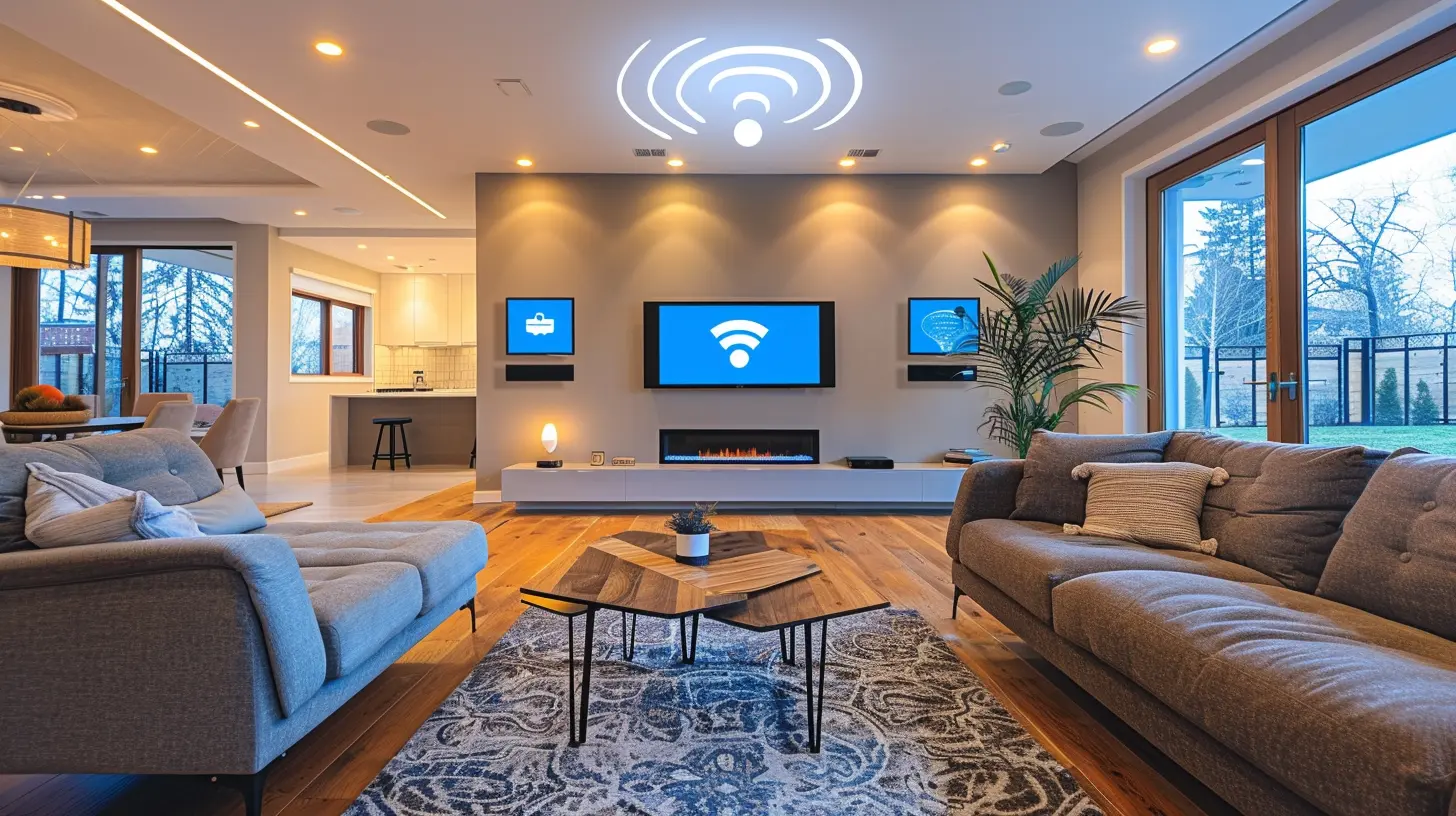
The Humble Beginnings: Remote Controls and Clappers
Let’s rewind to the 80s and 90s. Remember the "Clapper" device? Clap twice, and… boom, the lights turn off! Back then, this was mind-blowing. It was simple, cheap, and kind of magical.But it wasn’t "smart"—not by today’s standards.
We moved on to IR (infrared) remote controls. Suddenly, you could dim the lights or start your stereo without getting off the couch. Still, it was all manual, with zero "thinking" involved. No talking. No automation. Just buttons and static responses.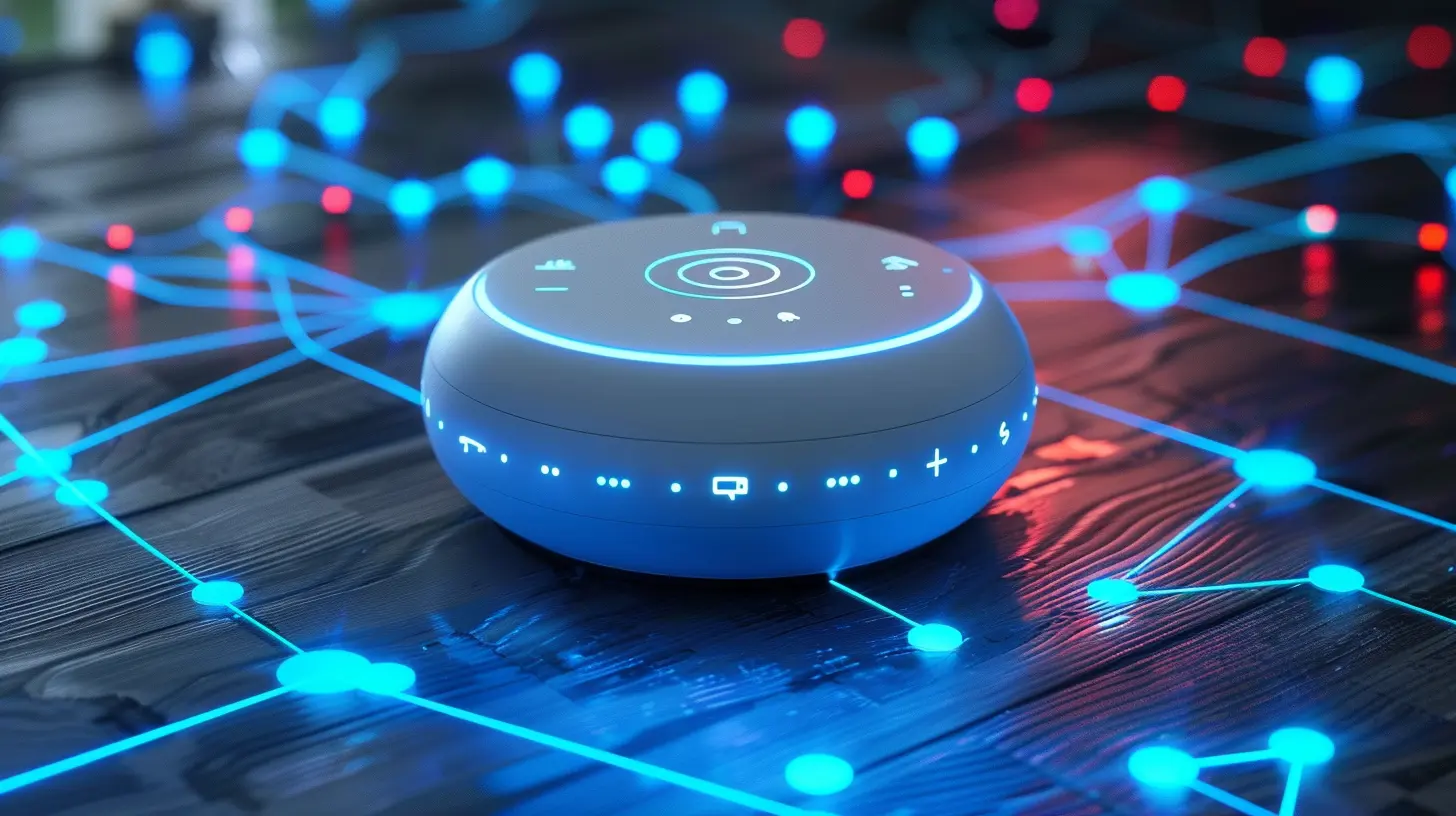
The Rise of Wireless Tech: Setting the Stage
Enter the 2000s, and technology was beginning to stretch its wings. Wi-Fi, Bluetooth, Zigbee, and Z-Wave started creeping into consumer tech. These wireless communication protocols became the foundation of what smart homes would later become.This was when devices started to talk to each other without cords and cables. You could control your thermostat without physically touching it. Cool, right?
Well, not quite yet.
Each device had its own app, and they didn't always play nice together. You needed a central brain—a hub—that could bring order to the chaos.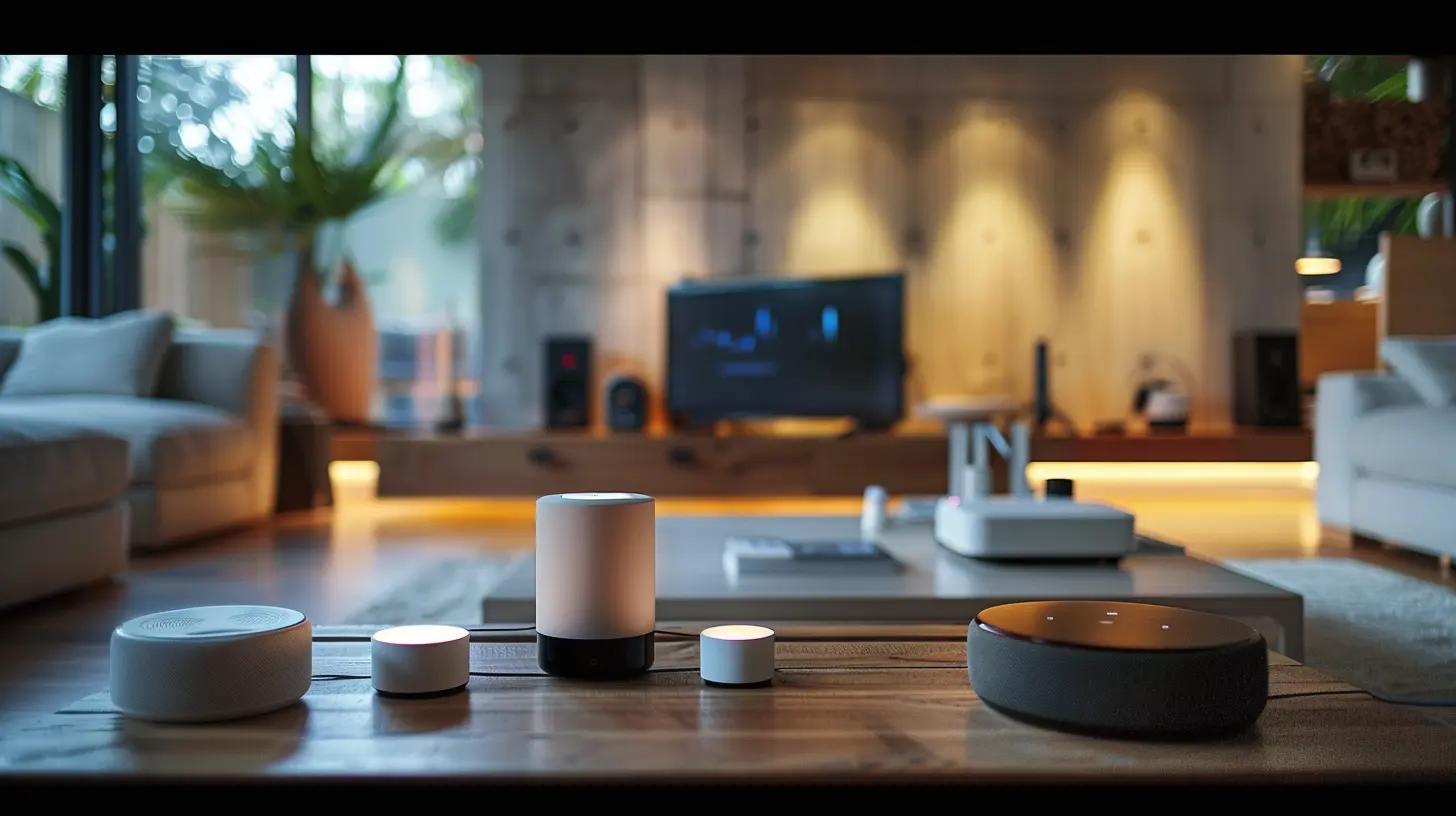
Smart Homes Go Prime Time: The First Hubs Arrive
The game started to change when the first smart home hubs hit the market. Devices like SmartThings, Wink, and early versions of Logitech Harmony Hubs took center stage.Here’s what they brought to the table:
- Centralized Control: You could manage different brands and types of devices from one place.
- Automation Routines: “If this, then that” became the motto. Lights turn on when you come home? Done. Coffee starts brewing when your alarm goes off? Easy.
- Voice Integration Began: Hubs started working with early virtual assistants. "Hey Google, turn on the lights" was born.
It was thrilling, but still clunky. Integration wasn’t always smooth. Devices dropped connections. And let's be real—the user interfaces weren’t exactly user-friendly.
Voice Assistants Change the Game
Then 2014 rolled around, and Amazon dropped a bombshell—Alexa.The Amazon Echo was way more than just a sleek Bluetooth speaker. It was the first mass-market voice assistant that people could talk to naturally. And the best part? It doubled as a smart home hub.
That changed everything.
Soon after, Google Assistant joined the party, followed by Apple's HomeKit. Now, your voice could dim the lights, lock your doors, or adjust the thermostat. It was like living in the future... only it wasn’t the future anymore—it was your living room.
The Battle of the Ecosystems
Here’s where things got spicy.Each tech giant started building its own ecosystem:
- Amazon leaned heavily into Alexa and its wide device compatibility.
- Google pushed Google Home and Nest integration.
- Apple focused on security and tight control through HomeKit.
- Samsung kept developing SmartThings, with its wide range of device partnerships.
The competition sparked innovation—but also confusion.
Which one should you choose? Can your Philips Hue light work with your Apple HomePod? How about that Ecobee thermostat?
It became a game of compatibility checkers and guessing games. The cherry on top? Each hub had its own standards, leading to a tech version of the Tower of Babel. Devices just weren’t “speaking the same language.”
Enter Matter: The Universal Translator of Smart Homes
Good news, though. The industry finally got tired of the chaos.In 2022, Matter was introduced—a universal standard backed by Apple, Google, Amazon, Samsung, and more. It’s like a universal translator for smart devices.
Matter promises a future where it doesn’t matter (pun intended) what brand your smart bulb or door lock is—it’ll just work. With everything.
This is HUGE.
With Matter, smart home hubs will become even simpler and more powerful. No more guessing games. No more 14 different apps. Your devices will seamlessly talk to each other, whether they're made by Apple, Samsung, or a startup you've never heard of.
The Smart Hub of Today: What’s New?
Modern hubs today are smarter, faster, and more powerful than ever.They allow you to:
- Control your home remotely with a smartphone.
- Use voice assistants like Alexa, Siri, or Google Assistant.
- Set up advanced automation—like turning off the AC when nobody’s home.
- Monitor real-time data like energy usage and security alerts.
They also come with sleeker user interfaces, better security, and tighter integrations. Some, like Apple's HomePod Mini, even include Thread radio for faster, more reliable connections.
And many hubs today are embedded in other devices. Your smart speaker might double as your hub. Or your thermostat. Or even your fridge.
We’re talking next-level convenience here.
The Future of Smart Home Hubs: AI, Automation, and Beyond
So, what's next?Well, brace yourself. Because the future of smart homes is mind-blowing.
🧠 AI Makes It Personal
Imagine your home learning your preferences and adjusting without you lifting a finger. AI-driven smart hubs will soon anticipate your needs:- Lights dimmed when watching Netflix?
- Coffee ready before you wake up?
- Thermostat adjusting based on your sleep cycle?
You bet.
🌍 Sustainability Takes Center Stage
Future smart hubs could track your energy usage, adjust consumption, and reduce your carbon footprint. Going green will be as easy as asking your hub to "save energy."🕊️ Seamless and Invisible Integration
Hubs won’t look like hubs. They’ll be integrated into everyday objects—mirrors, kitchen screens, maybe even your clothing (okay, that’s a stretch... or is it?).Tech is disappearing into the background, making your home smarter without getting in the way.
🔐 Stronger Security and Privacy
With great power comes great responsibility, right?Manufacturers are putting more focus on encryption, local processing (so your data stays in your home), and transparency. Because no one wants a nosy hub listening in on private conversations.
So… Do You Need a Smart Home Hub?
Alright, time for the million-dollar question. Should you get a smart home hub?If you’re just using one or two devices—like a smart bulb and a speaker—you could probably get by without one.
But if you’re going all-in on smart home tech, a hub makes everything smoother, faster, and smarter. It’s like having the ultimate remote control, only way better and voice-activated.
And with Matter gaining steam, compatibility issues are slowly becoming a thing of the past. That means your smart home is finally starting to act... well, smart.
Tips for Choosing the Right Smart Home Hub
Before you rush to add one to your cart, here are a few quick tips:1. Check Compatibility: Make sure it works with your existing devices.
2. Think Long-Term: Go for a hub that supports Matter for future-proofing.
3. Consider Ecosystems: Do you already use Apple, Google, or Amazon products?
4. Focus on Security: Look for hubs with strong encryption and privacy features.
5. Ease of Use Matters: Setup should take minutes, not hours.
Wrapping It Up: The Smart Home Hub Journey
From clappers to AI-powered automation, the smart home hub has seen a wild evolution. What started as a fun gimmick has matured into an indispensable part of our lives. It saves time, boosts convenience, and yes—even brings a bit of magic into our homes.As we stand on the edge of even smarter tech, one thing’s clear—this is only the beginning. The smart homes of tomorrow are learning, adapting, and growing alongside us.
So, whether you're a newbie or a smart home veteran, now’s the perfect time to hop on board.
Because the future? It’s already knocking at your (smart) door.
all images in this post were generated using AI tools
Category:
Smart HomeAuthor:

Jerry Graham
Discussion
rate this article
1 comments
Aiden Diaz
From clunky boxes to sleek gadgets, smart home hubs have come a long way! They’re like the friendly traffic cops of our connected lives—keeping everything running smoothly and stylishly!
September 24, 2025 at 11:05 AM

Jerry Graham
Thank you! It's fascinating to see how smart home hubs have transformed from bulky devices to elegant solutions that enhance our daily lives.
